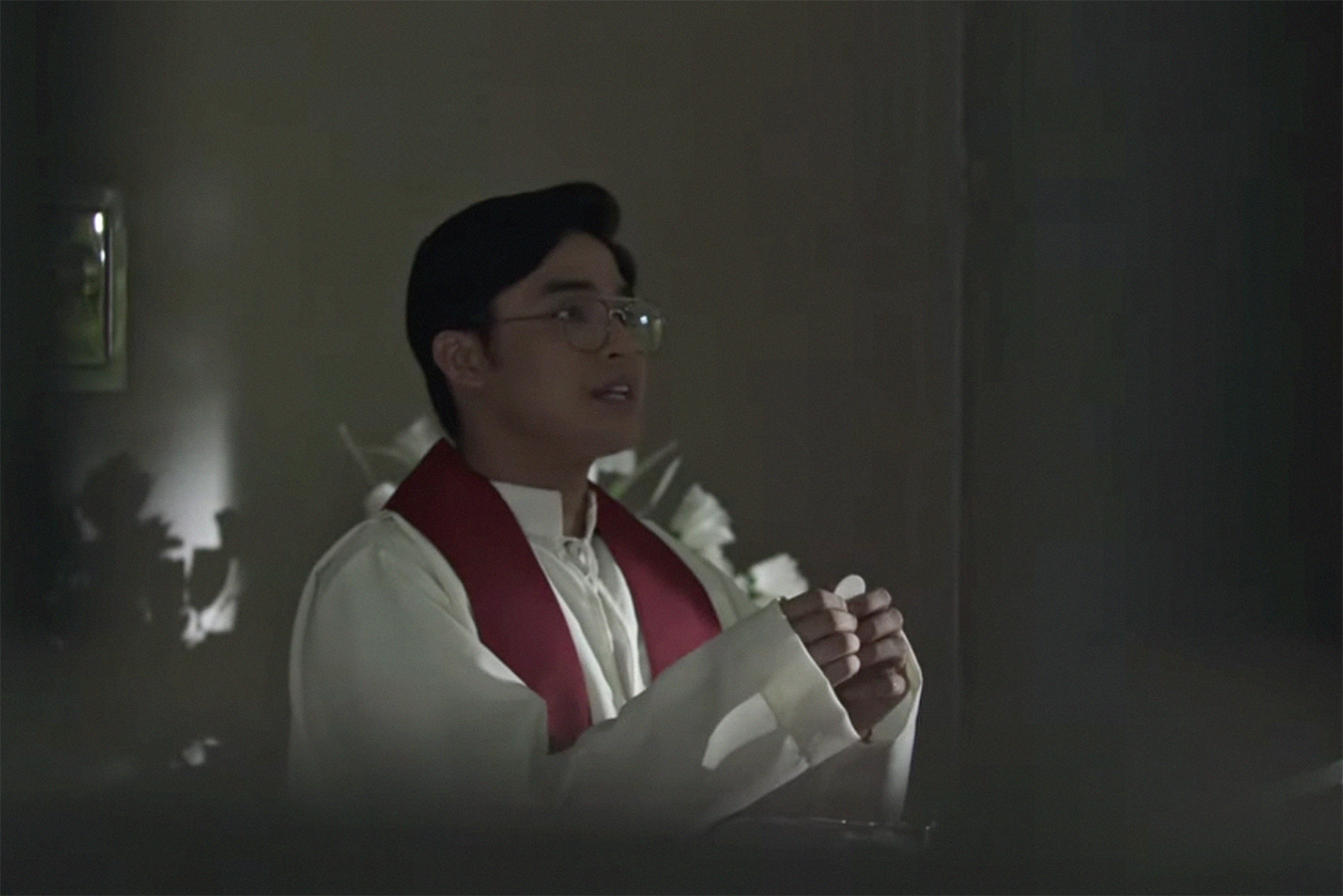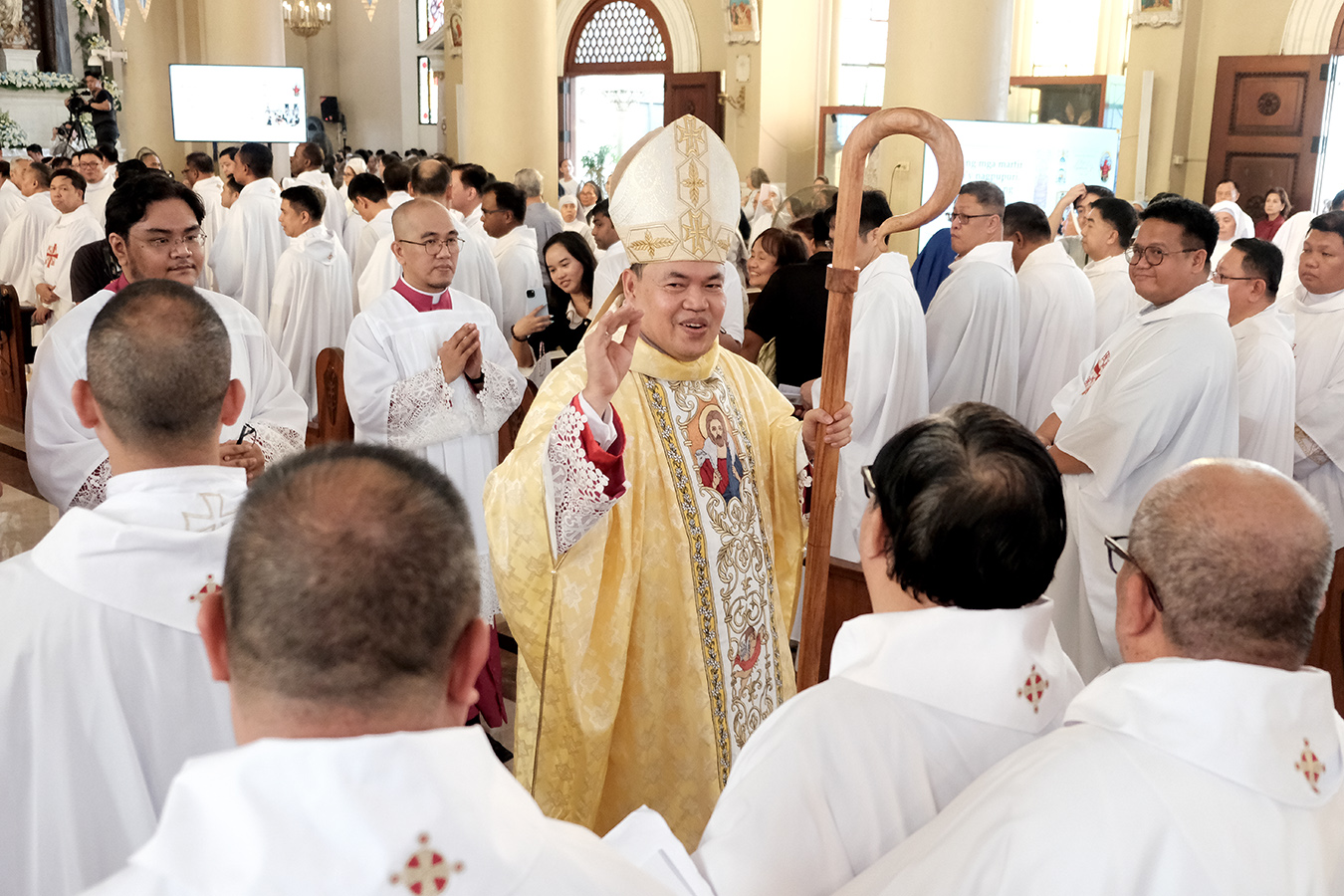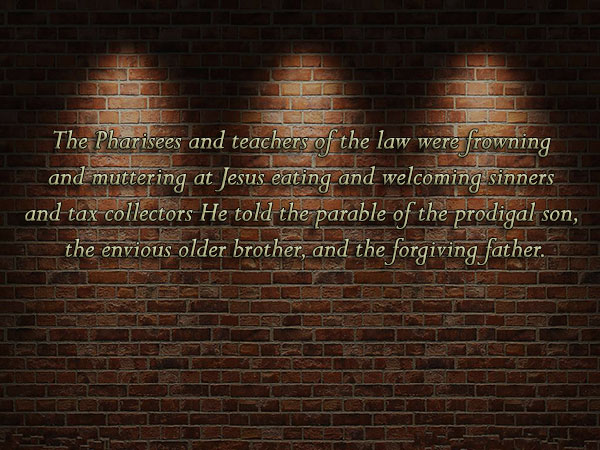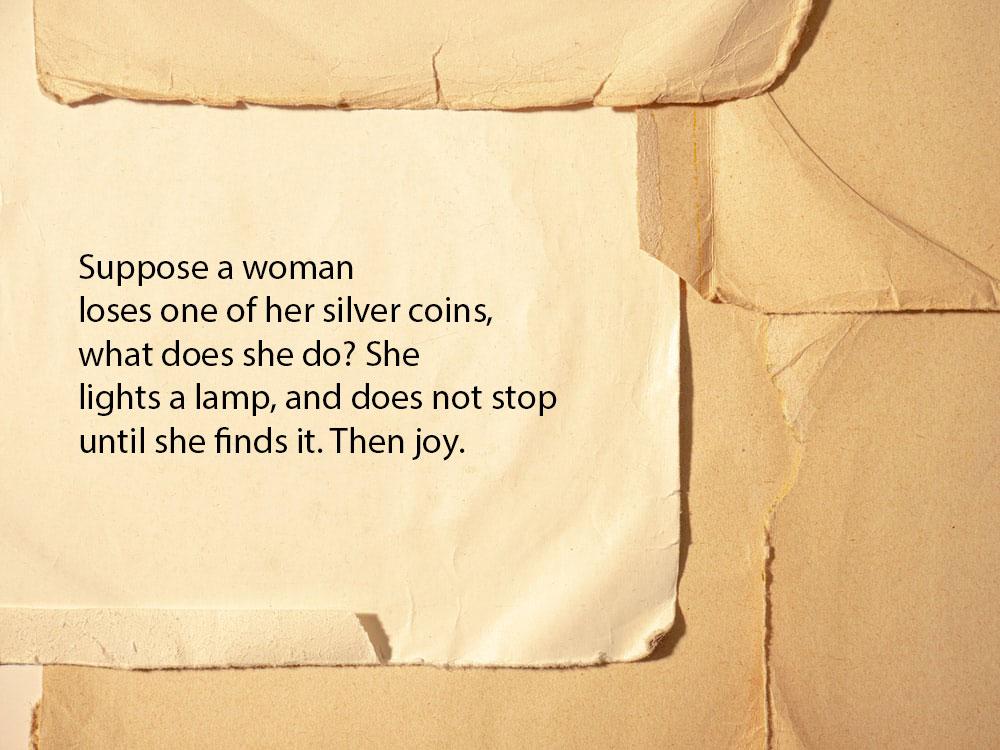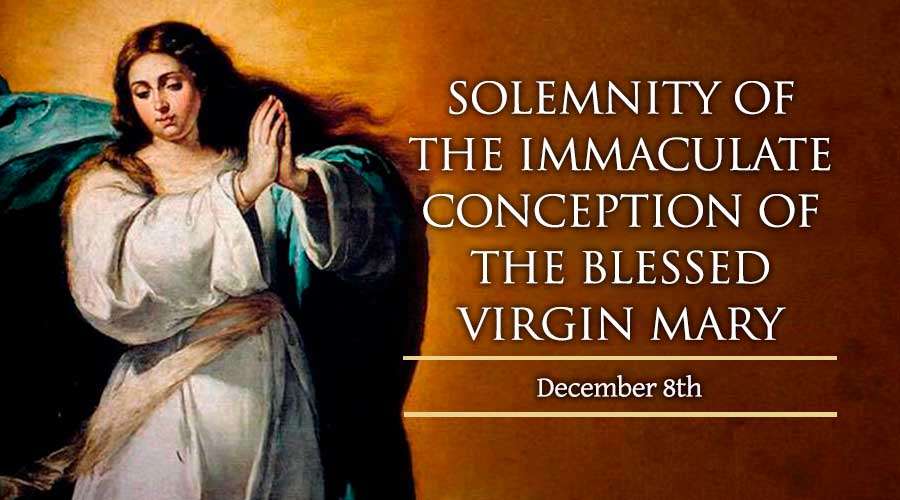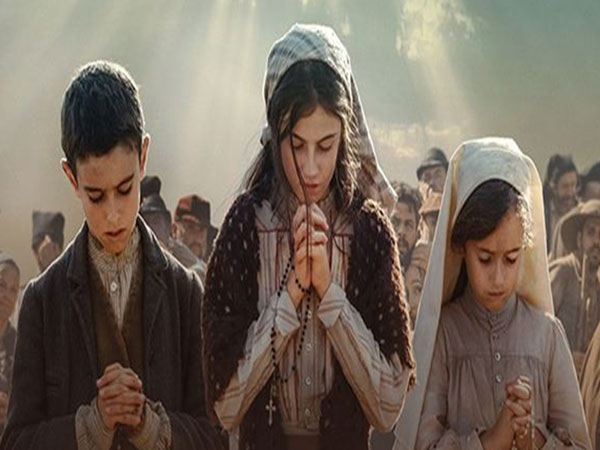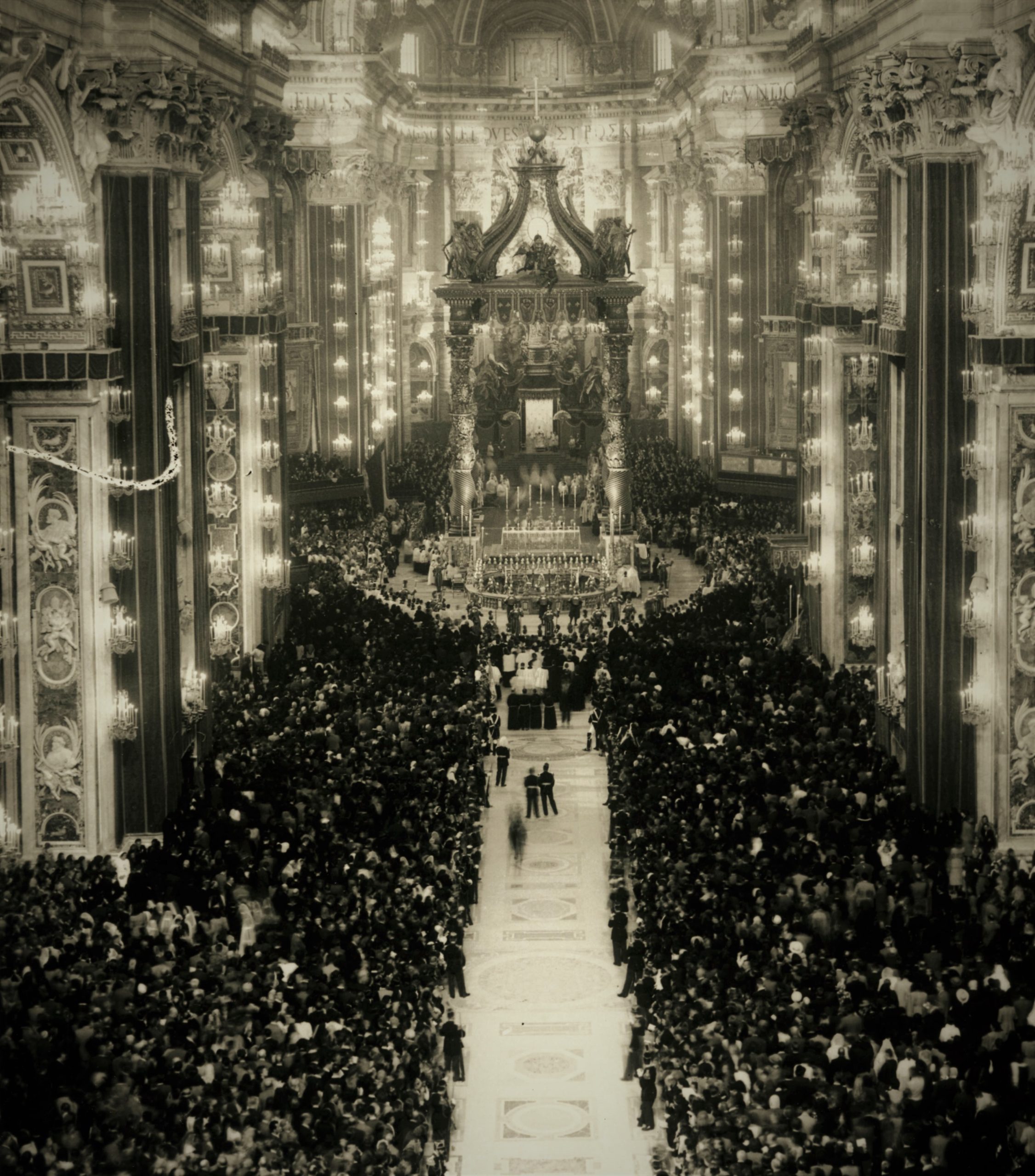
(Source: https://www.claret.org/our-congregation/st-anthony-mary-claret/)
Introduction
The 73rd canonization anniversary of St. Anthony Mary Claret is a great occasion to celebrate and remember his humble contributions, which can be considered a timely inspiration today.
St. Anthony Mary Claret was born on December 23, 1807, to Juan and Josefa Claret, in Sallent, Barcelona, Spain. He was ordained priest on June 13, 1835, and established on July 16, 1849, the Congregation of the Immaculate Heart of Mary (Cordis Mariae Filius – CMF), popularly known as the Claretians. Pius IX appointed St. Claret as the Archbishop of Santiago de Cuba in 1849. In 1857, he was made the confessor of Queen Isabella II. And in 1869, St. Claret went to Rome to participate in the historical First Vatican Council. On October 24, 1870, he died at the Cistercian abbey at Fontfroide, Narbonne, southern France, at 62. He was declared venerable in 1899 by Leo XIII, beatified in Rome by Pius XI on February 24, 1934, and finally canonized by Pius XII on May 7, 1950.
In his address to participants in the General Chapter of the Missionary Sons of the Immaculate Heart of Mary (Claretians) on September 11, 2015, Pope Francis said, “I thank you for your lives and for your missionary work. Please pass on my greeting to everyone and to each of your brothers, especially those who, due to sickness or old age, now collaborate through their prayer and witness to the mission of the Congregation. Take care of those who are at the beginning of their formation; help them to internalize the values which your Founder [St. Anthony Mary Claret] pointed to as a guarantee of fidelity to the charism with which the Lord blessed his Church through him. Also, convey my greeting to all lay people with whom you share your life and mission.”
The following are but a few examples of the many relevant characteristics of our dear St. Claret that are worthy of emulation today.
ST. ANTHONY MARY CLARET, AN EXEMPLARY CHILD
St. Anthony Mary Claret, at an early age, already grasped the purpose of why we exist on earth. When he was only five, he was already thinking about eternal life. And to avoid eternal suffering, and share eternal happiness with God in heaven, the young St. Claret started to live a heavenly way and not a worldly one. Every day, he prays the holy rosary and attends the Holy Mass.
His parents cannot remember a time when St. Claret displayed negative behavior even once. They know that he never complains nor is choosy. His grandfather, Juan Claret, likened him to a little saint. The young St. Claret gave his grandfather a helping hand, and he is his grandfather’s source of joy. During the war of independence in Spain, in the middle of such a situation, St. Claret saw his grandfather being left behind, he accompanied him and looked for a hiding place. That is how the young St. Claret lived his childhood.
ST. ANTHONY MARY CLARET, AN INDUSTRIOUS WORKER
St. Anthony Mary Claret was set by his father to work in the factory when he was around thirteen years old; he obeyed and worked as hard as he could, never spending an idle, half-hearted day; thus, he displayed a quality of work more than anyone else in the shop. He even spends the whole day and continues through the night studying and conceptualizing how to responsibly accomplish a positive outcome of the work entrusted to him.
But there was a time that St. Claret thought of shifting his interest towards helping the poor, which is pleasing to God. In the following years, he would mention those moments when he almost lost his concern for the work for the soul because he was preoccupied with other things like his work in the factory. Despite this situation, he regained his passion for serving God and being a model for the conversion of Christians. He received praise because he did not keep his abilities only for himself, nor he used his knowledge to belittle others, .. no one can be compared to him or could surpass him, or at least be at par with his passion for his work, despite his dedication and humility.
ST. ANTHONY MARY CLARET, A SERVANT OF GOD
One day, while he was at Mass, he was tormented with a strong, challenging idea from the words of our Lord Jesus Christ when He said: “What does it profit a man if he gains the whole world and suffers the loss of his soul?”, and this words impressed him profoundly and went like an arrow to his heart; thus, the warmth of piety and devotion reawakened in him. His eyes were opened, and he decided to leave behind a worldly kind of life for him to embrace a life of service to God through all his abilities and strengths.
When he became a priest, he served as a coadjutor and later held a post as a parish priest. And yet, his passion is spreading the good news to places where the Word of God must be preached. What moves him to act this way is reflected in the words he put in his emblem as Archbishop, which goes: “Caritas Christi Urget Nos,” which means, “the love of Christ moves us on.” Indeed, the love of Christ moves us in all our works. And this same love keeps his flame alive through his fervent prayers. This is one unique character of St. Claret that he wills to live a life of holiness in God’s presence.
ST. ANTHONY MARY CLARET, WITH GREAT DEVOTION TO THE BLESSED VIRGIN MARY
The love of St. Anthony Mary Claret to the Blessed Virgin Mary has deepened just like his love for his own mother, who gave birth to him. He used to imagine a sort of wire running from the image in front of him to its heavenly original. In turn, the Blessed Virgin Mary granted favors to his prayer of petitions because of his unwavering trust in her. When he was studying in Barcelona, he went to the seashore to wash his feet. Then suddenly, a huge wave engulfed him and carried him to sea. He called out to the Blessed Virgin Mary for help then, he found himself on shore without having swallowed even a drop of water, and his clothes were dried up.
The Blessed Virgin Mary has shown her maternal protection to the living soul of St. Claret. When he was still a seminarian, he struggled to fight the temptation hoping that the trick would go away; when suddenly he saw the Blessed Virgin Mary, and in her arms, he saw a huge garland of the most beautiful roses. Everywhere he preaches, he never ceases to proclaim the greatness of the Blessed Virgin Mary. His Diocese was dedicated to the Blessed Virgin Mary. He wrote many books, seven of which were about the Blessed Virgin Mary.
ST. ANTHONY MARY CLARET, A COMMITTED DISCIPLE FOR THE WORKS OF SAVING SOULS
In his Autobiography, St. Anthony Mary Claret wrote: “I not only thought about becoming holy myself, but I was continuously trying to imagine what I could save the souls of my neighbors.” He continued, “that whenever I see sinners, I grow restless, I cannot quiet down, I cannot be consoled, my heart goes out to them. I’ll draw a comparison to give you an idea of how I feel. If a loving mother saw her child in danger of falling from a high window or into an open fireplace, wouldn’t she run and shout: ‘Look out, baby, you are going to fall’… wouldn’t she run up behind the child and take hold of him and pull him back if she could? My brothers and sisters, you should know that grace is stronger and braver than nature. Charity urges and impels me; it makes me run from town to town shouting, “Sinner, my son, look where you’re heading; you’re about to fall into hell.’”
St. Claret cannot just keep quiet, especially when he knows that many souls are lost and about to fall into hell because of their sins. During those times, he would walk for five hours in the morning and another five hours in the afternoon. Sometimes he had to traverse rough roads and walk through rain, other times through snow or under the broiling sun of a summer’s day. When he arrived home, despite his tiredness, he felt that he had not done enough to preach the teachings of Jesus Christ, not to mention the books he wrote and distribute them to the people for free. So besides preaching, he distributed a thousand copies of leaflets, pamphlets, and books. He wrote around one hundred fourteen books.
ST. ANTHONY MARY CLARET, A DEFENDER OF THE POOR AND THE OUTCASTS
When he was the Archbishop of Cuba and the confessor of Isabel II, the Queen of Spain, St. Anthony Mary Claret could not avoid but to mingle with people of high position and nobility. When he went to Catalonia and the Canary Islands to preach, he went on foot, and he liked spending time with the rural folks, and in that way, according to St. Claret himself, he could easily learn the attitude and sees the needs of the poor people. He could not give them money because he did not bring any. One time, a beggar invited St. Claret to eat with him, and they both shared a bowl of cooked vegetables because the beggar took pity on the poor preacher, who was so exhausted and wet with sweat and did not have even a penny to buy for a little amount of food to eat.
When he became Archbishop and confessor of the Queen, it could be found in the Palace records where the expenses were written that he gave more to charities than spending for his personal benefits and for his companions in the royal palace. When he was in Madrid, a poor person approached him, begging for money he needed for his medical expenses. But during that time, he had no money to give, so the holy Archbishop gave the beggar his pectoral cross for that person to sell and defray the expenses he badly needed. On another occasion, St. Claret went to a certain rich Patron who punished the black people by treating them like slaves. He burned white and black papers, mixed their ashes, and told the rich man. “Can you now identify which is the ash of the black paper? We are like that in front of God; whether the color of our skin is black or white, we are all the same.”
ST. ANTHONY CLARET, BEING PERSECUTED BY EVIL-DOERS
There were tactics that the devil employed to distract St. Anthony Mary Claret from preaching, such as a sudden outcry for help as there was fire, mimicking the howling of dogs, creation of a sudden typhoon. But the frequent sources of his defamation are the wicked ones who have no fear of God, those who make a living out of evil means. Those who were deluded by the pleasures of the flesh were hurt by the conscientious preaching of St. Claret.
Some were politicians who heard from St. Claret a condemnation of the evil and malice of their corrupt activities or their manner of thinking and way of life, which go against the desire of God. All these kinds of people planned on how to kill the Holy Archbishop or destroy his reputation so that people would not believe or listen to what he was saying. There were fourteen unsuccessful attempts to assassinate him. The most notable was when he was the Archbishop of Cuba. He was wounded in the face and shoulder by a man who pretended to kiss his ring, but as he was about to do it, he swung the shaving razor in his hand that almost cut the throat of the Archbishop had he not been restrained by the people standing beside him. But God did not abandon him and made the Saint’s good reputation known.
ST. ANTHONY MARY CLARET, AN ANGEL OF CHASTITY
St. Anthony Mary Claret was a man of many accomplishments that, because of his ministry, he could not avoid but mingle with people of all sorts and still managed to guard his chastity like an angel. But there were those who tried to tarnish his reputation with the dirtiest of calumny, yet, the beauty and scent of the virtue of chastity are more than enough to console his beleaguered soul from those false accusations. He wrote in his Autobiography that the virtue of chastity is something he painstakingly practiced since he was a child. When he was a young boy, his companions could not resist uttering dirty words in front of him. When he was an adolescent, a lady wanted to test St. Claret’s chastity. But he ran away from that lady.
Since then, he was not bothered by any temptations against chastity. He safeguarded his feelings with the enabling strength of the will. He did not mingle with ladies in an empty, wasteful, and purposeless manner. He did not drink wine except during the Mass. As for his nourishment, he ate very little, and he always kept in himself the feeling of hunger. Despite these, his face was always peaceful and calm,… always shining with the heavenly brightness of the virtue of chastity.
ST. ANTHONY MARY CLARET, GLORIFIED BY GOD WHILE STILL LIVING ON THIS EARTH ‘TILL AFTER HIS DEATH
St. Anthony Mary Claret, slandered bitterly by those who hated him, was honored and glorified by God not only after his death but even while he was still alive. The power of God was always at work with him. It was witnessed and felt by the people, even those who slandered and ridiculed him. Many had regretted ridiculing him and not believing in all that he preached. Some suffered terrible misfortunes for ignoring his message.
The power of God was manifested in various ways through miraculous deeds performed by St. Anthony Mary Claret. In his desire to help a very poor farmer, he made beans out of tobacco. He cured the people of their blindness. He restored movements to a crippled body. One day, the house of a certain Jaime Bofill was ravaged by a fire that people could not contain. St. Claret went around the house. He had the house blessed, and the fire was extinguished. When Cuba was hit by a strong earthquake, for several weeks, the country experienced continuous aftershocks; many people say he stopped the ground from shaking by touching the earth with his hands. After his death, countless graces and miracles were granted through the intercession of St. Anthony Mary Claret.
Conclusion
The Holy Catholic Church had proven that St. Anthony May Claret was a saint and a powerful intercessor. The Holy Father Pius XII elevated Claret to the Altar on May 7, 1950. That time, Msgr. Mariano Madriaga, Bishop of this Diocese of Lingayen, and Msgr. Juan Sison, Auxiliary Bishop of the Diocese of Vigan, who is and who comes from the Diocese of Lingayen, witnessed in Rome the canonization of St. Anthony Mary Claret by the Holy Father. In the town of Santa Barbara, Pangasinan, there exists an Altar of St. Anthony Mary Claret.
The missionary zeal of St. Anthony Mary Claret lives on. Today, let us continue to be inspired by St. Claret in spreading the fire of God’s love wherever we go. “Caritas Christi Urget Nos!”
References:
Bulatao, Romano M. “St. Anthony Mary Claret Rediscovered in Santa Barbara Pangasinan (January 16, 2012), http://kapatirangclaretiano.blogspot.com/2012/01/st-anthony-mary-claret-rediscovered-in.html (access September 14, 2015).
__________. Trans. Novena to St. Anthony Mary Claret. Quezon City Claretian Publications, 2015.
__________. Trans. Novena kay San Antonio Maria Claret. Quezon City Claretian Publications, 2020.
Novena ed San Antonio Maria Claret [Novena to St. Anthony Mary Claret]. Lingayen, Pangasinan: September 30, 1950.
Pope Francis, Address to Participants in the General Chapter of the Missionary Sons of the Immaculate Heart of Mary (Claretian September 11, 2015.
Viñas, Jose Maria, ed. Saint Anthony Mary Claret: Autobiography, Chicago: Claretian Publications, 1976.
About the Author

ROMANO MACARAEG BULATAO completed his Bachelor of Arts in Philosophy (AB Philo.) in 1990 at the Claret Formation Center (now Saint Anthony Mary Claret College or SAMCC), Quezon City. He finished his Master of Arts in Religious Studies (MA Rel. Stds.) in 2003 and his Master of Arts in Philosophy (MA Philo., cum laude) in 2014, both at Saint Louis University (SLU), Baguio City. He obtained his degree, Doctor of Philosophy (Ph.D.) in Theology, Major in Missiology, at the Saint Anthony Mary Claret College (SAMCC), Graduate Department, [Institute for Consecrated Life in Asia (ICLA)], Quezon City. From the Academic Year 2006 to 2009, he served as the Department Head of Religion at SLU, and Dr. Bulatao is a professor in the same department. He served as the President of the Kapatirang Claretiano Inc. – Pangasinan Chapter (KCI-PC), since 2011. He is the author of the book entitled Touching Thoughts A-Z, published in 2009 and the translator of the Novena to Saint Anthony Mary Claret (from the Pangasinan language to English) published in 2015; and the Novena kay San Antonio Maria Claret (from the Pangasinan language to Filipino) published in 2020, by the Claretian Publications.



